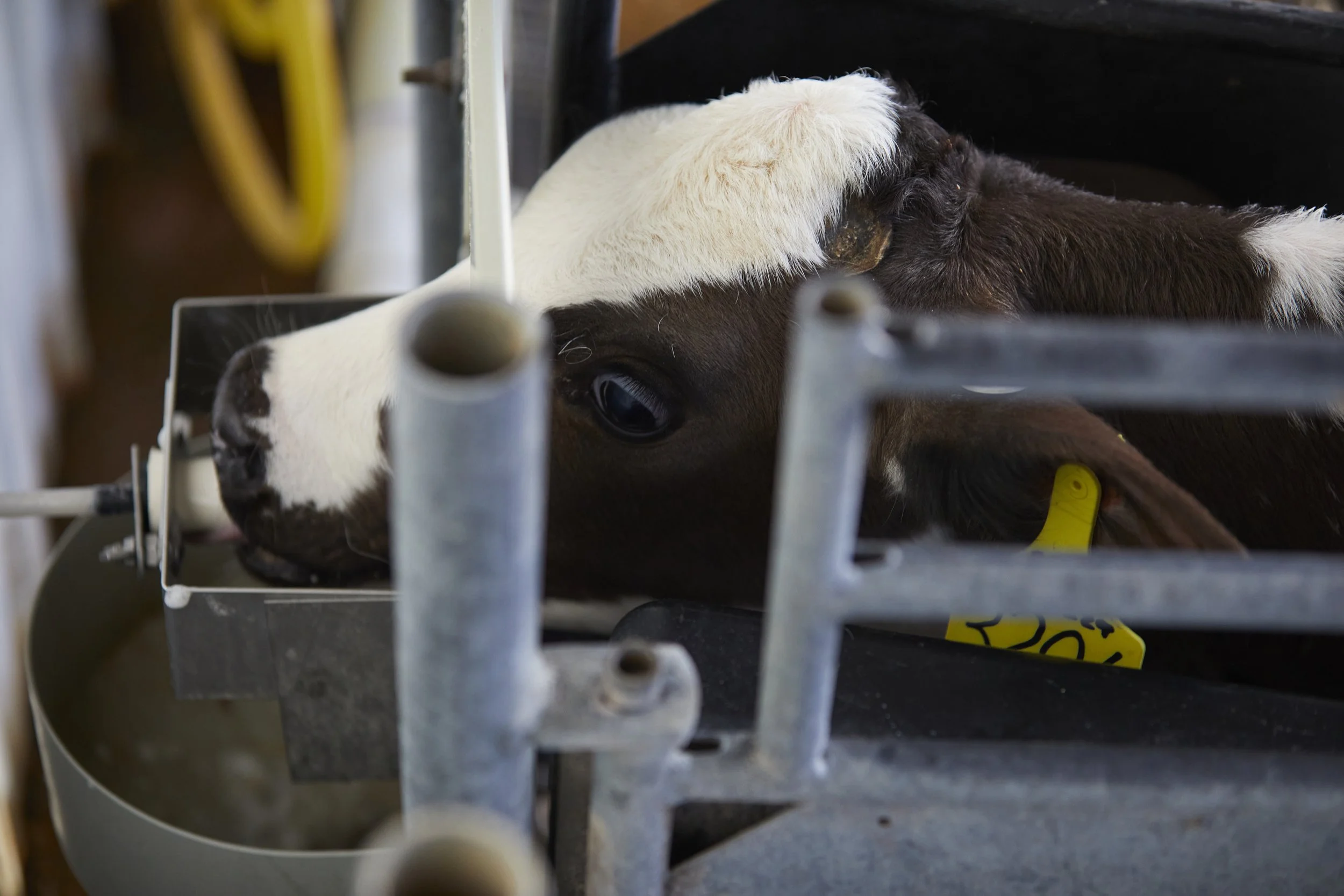Beef-Cross Calves are Here to Stay
In a matter of just a few years, beef-on-dairy crossbreeding has taken the U.S. cattle industry by storm.
Many calf barns that used to be consistently loaded with black-and-white Holstein calves now have mostly black-hided residents. According to the National Association of Animal Breeders, beef genetics are replacing dairy semen at a rapid pace.
From 2018-2022, the number of doses of beef semen sold in the United States rose by about 5 million, while sales of dairy semen dropped by nearly an identical number. At the same time, the size of the U.S. dairy herd remained steady at about 9 million head.
Most of those doses, therefore, can be attributed to breeding dairy cows with beef semen. The outcome is evident in today’s calf barns and feedyards. CattleFax reports there were an estimated 2.6 million beef-on-dairy calves born in 2022, or an increase of 2.2 million head compared to 2018. That means in 2022, about 7% of all cattle harvested in the U.S. were dairy-beef cross animals.
“Growers also find beef-cross calves to be thriftier and more vigorous. They are able to withstand a bit more stress. If they do get sick, managers say they usually respond better to treatment and can weather illness more resiliently.”
CattleFax predicts that population will balloon to 4-5 million head annually by as early as 2026 – about double the number of beef-cross calves that are being produced today. That would be about 15% of the total, annual cattle harvest in the United States.
Dairy-beef cross calves routinely fetch 2 to 3 times the value of full-blood dairy calves, and it is estimated that the sale of those calves now represents the second-highest revenue stream – following only milk sales – for dairies embracing crossbreeding. In fact, some dairies are reporting that they hope to never deliver another Holstein bull calf in their operations again.
Today, healthy, newborn dairy-beef cross calves are bringing up to $600-700 per head. This impressive value is incentivizing dairies to give those calves the care and attention – including colostrum feeding – that they deserve as newborns. That makes the milk-fed stage easier, with the result being more high-quality animals being raised.
Growers also find beef-cross calves to be thriftier and more vigorous. They are able to withstand a bit more stress. If they do get sick, managers say they usually respond better to treatment and can weather illness more resiliently.
One thing we’ve learned in feeding these calves is that a standard, 20:20 milk replacer formulation does not supply them with enough nutrients. They need more energy to thrive, and most growers are finding that a 23% protein, 22% fat (23:22) formulation suits them much better.
In fact, I had a client who switched to such a formulation, but initially thought the calves scoured too heavily and decided to switch back to 20:20. But when the calves on the more nutrient-dense formulation were weaned, they weighed 10-15 pounds more per head. Those results convinced him to feed the higher-nutrient ration.
Among the many advantages of beef-cross calves is that the dairy industry can produce a year-round supply of them. They also confer the desirable marbling of dairy animals, combined with the more preferred ribeye shape of beef cattle.
As packers continue to strive for quality and consistency, they are becoming more involved in the breeding decisions to create those calves, and even owning them beginning at conception. For those of us in the calf-raising business, it’s clear we are going to continue to raise more beef cross animals in the future.



It takes hard work and considerable investment to create a newborn calf. So, when that calf hits the ground, we want to do everything we can to give it the best possible start to a healthy and productive life.